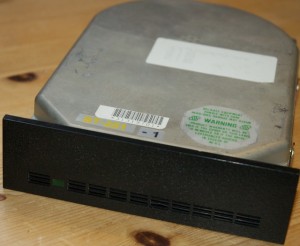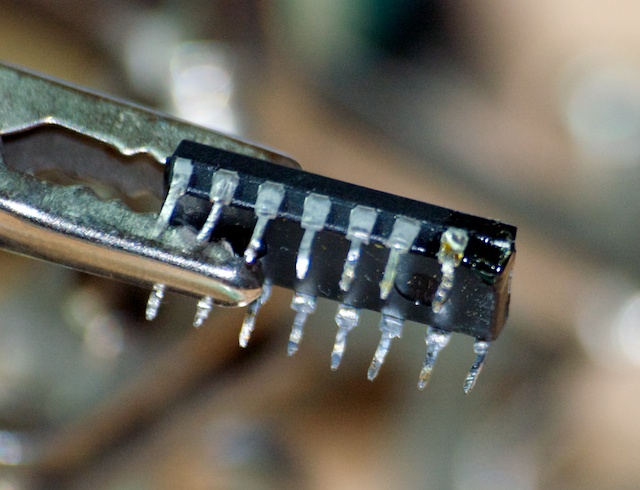Archaeology: MFM / ST-506 Interface Reference
 Back in 1986, hard drives were a luxury and a damned expensive one at that. The drive units themselves were large in volume and small in capacity, and quite astonishingly and unashamedly fiddly to set up. They were not mainstream, and sometimes it’s easy to forget how far we’ve come in quite a short period of time: MicroSD cards hold thousands of times more data than these things, and if the flux density achieved on the latest 2.5″ drives was translated to 5.25″ drive, well, it’d be a lot of storage.
Back in 1986, hard drives were a luxury and a damned expensive one at that. The drive units themselves were large in volume and small in capacity, and quite astonishingly and unashamedly fiddly to set up. They were not mainstream, and sometimes it’s easy to forget how far we’ve come in quite a short period of time: MicroSD cards hold thousands of times more data than these things, and if the flux density achieved on the latest 2.5″ drives was translated to 5.25″ drive, well, it’d be a lot of storage.
Part of the reason for this trickiness of setting up is the fact that the drives are dumb: rather than take a command to read or write a sector, they take commands to move heads, select platters and read or write data to an area of the track, and return the raw magnetic flux changes read off the disk directly to the controller card, which then has to make sense of it all. New drives return usable data, these things tell the controller the values of the magnetic flux strength and leave it up to them to work out. This is why newer drives are called IDE devices – intelligent drive electronics – the interpretation is built in.
The pioneers here were Shugart Associates, later to become Seagate. The ST-506 was a 5MB full height drive that gave birth to a briefly lasting interface standard that was adopted by others such as Maxtor and Connor, to name but two.

